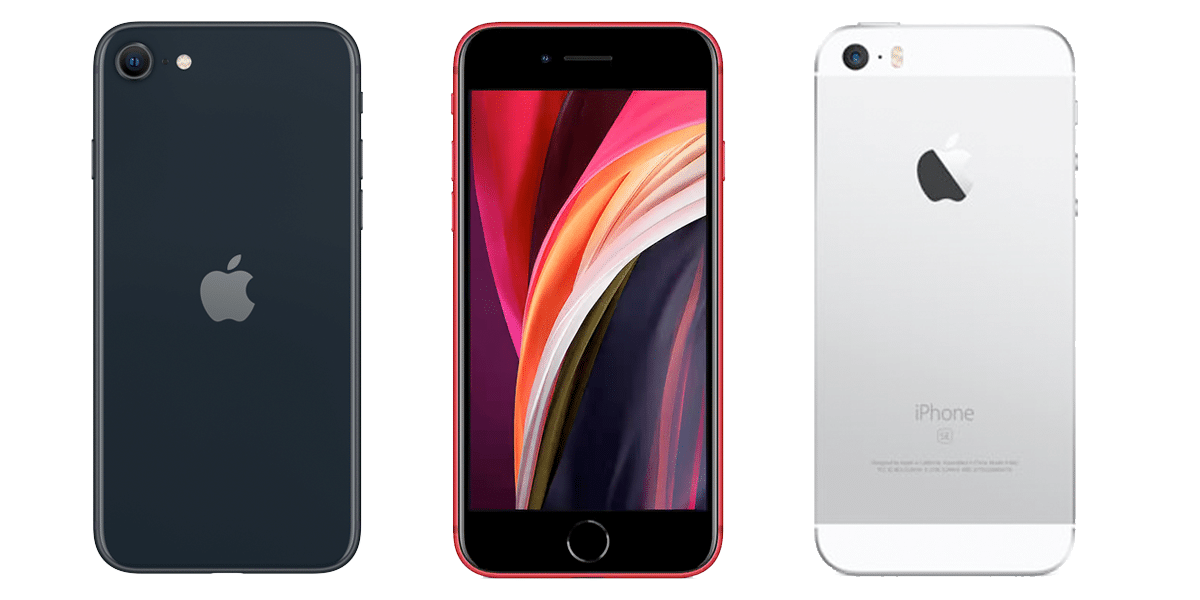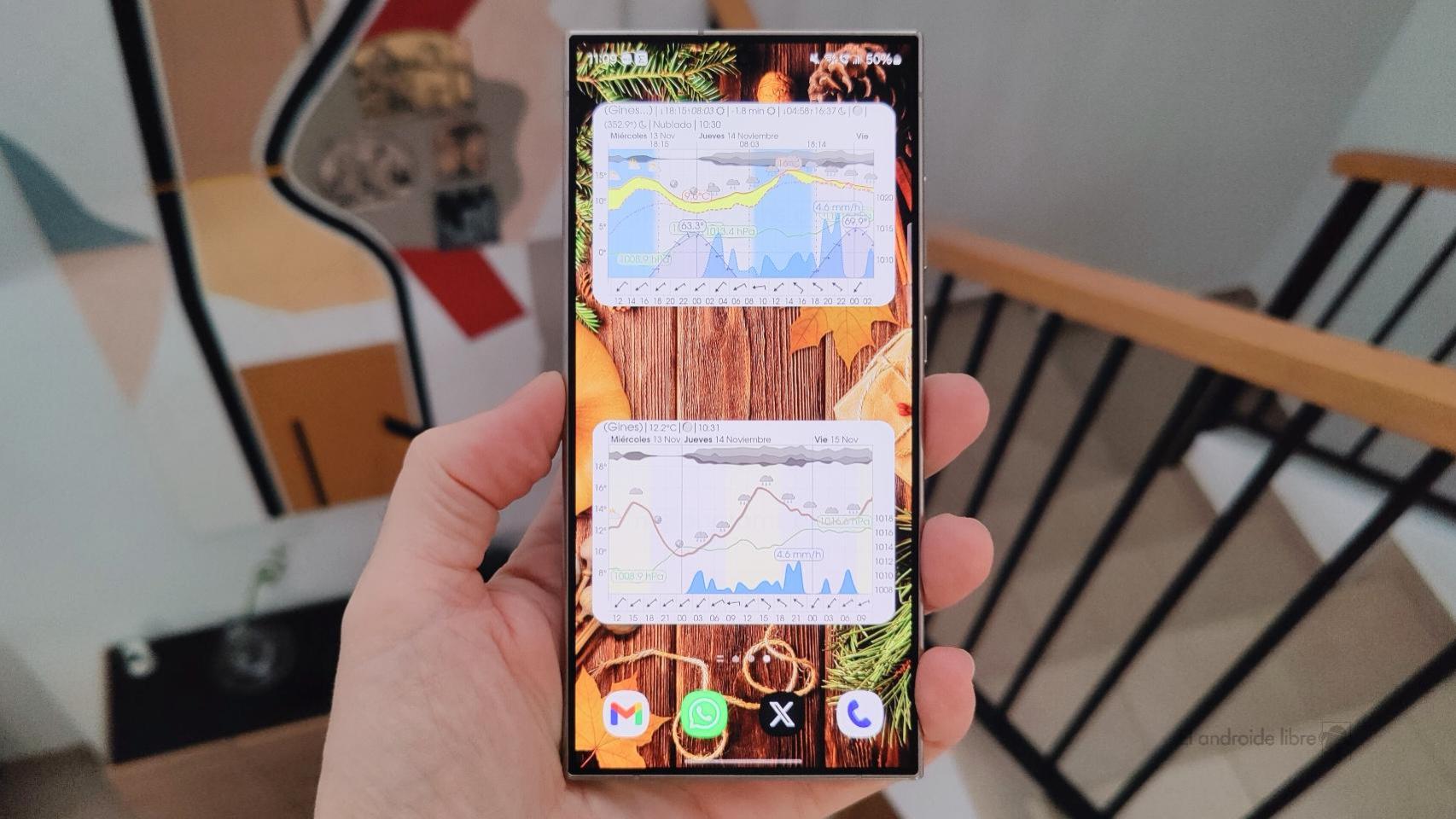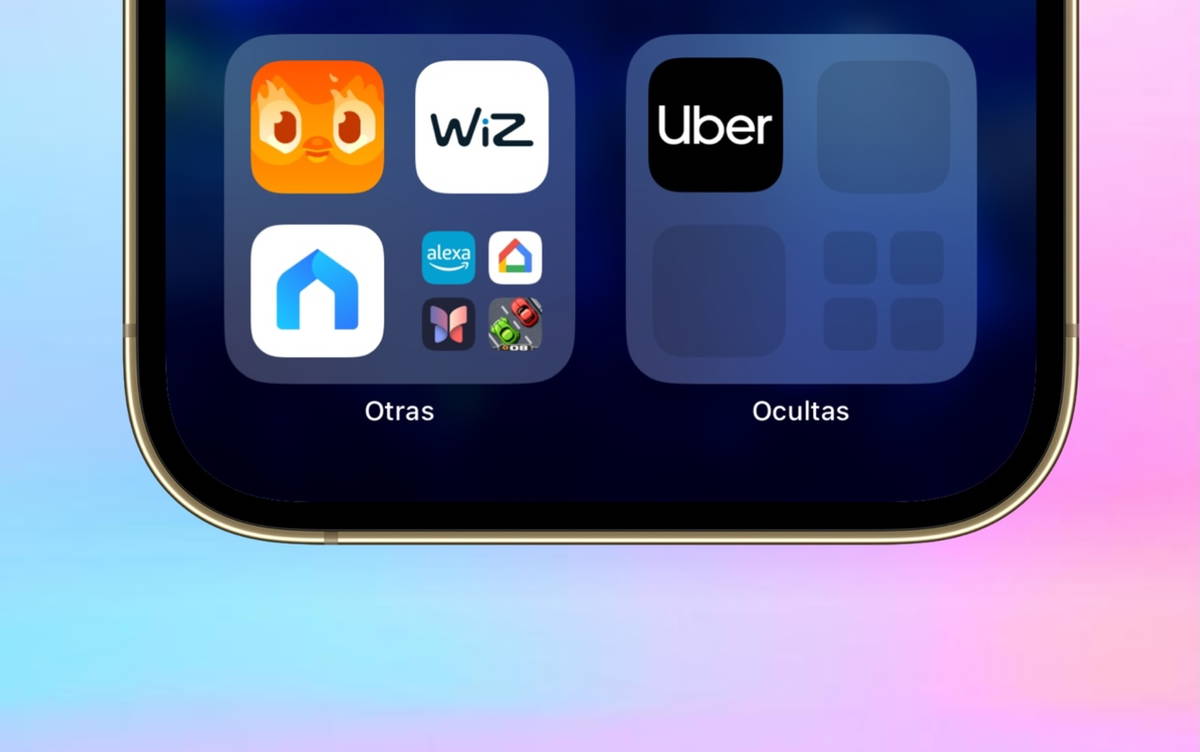
The iPhone SE 2022 or 3rd generation started its journey last Tuesday during Apple’s special event. The new generation of the SE was a necessity since the first generation arrived in 2016 and the second in 2020. Almost two years later, those of Cupertino wanted to breathe new life into this device by giving it el chip A15 Bionic allowing it to keep pace with the iPhone 13 in terms of performance. However, while there are no noticeable changes from the 2nd gen, it’s still good analyze the generational changes of devices since their first generation. We analyze the main differences between the three iPhone SE launched to date.
The differences between the three generations of iPhone SE released to date
Apple launched the iPhone SE in 2016 with the aim of have an affordable device for everyone without losing the excellent features available in the higher ranges. In fact, we later saw how the device was a haven for the design of the iPhone 5 (in the 1st gen iPhone SE) and iPhone 6, 7, and 8 (in the iPhone 2nd and 3rd generation OS). However, time will tell, but it is very likely that in the 4th generation we will leave behind the 4.7 inches and say “hello” to the notch that has accompanied us since the launch of the iPhone X in 2017.

New iPhone SE 2022
The table you find just below these lines is a comparative table between the three generations of iPhone SE. We analyze the main elements that have changed throughout this period. It should be noted above all that the major changes have occurred at the level of connectors, processor and screen.

Related article:
The first performance tests of the new iPhone SE match those of the iPhone 13
| iPhone SE 3rd Generation (2022) | iPhone SE 2nd Generation | iPhone SE 1st generation | ||
|---|---|---|---|---|
| Screen | Retina HD True Tone and haptic feedback | Retina HD True Tone and haptic feedback | Retina | |
| screen resolution | 1334×750 | 1334×750 | 1136×640 | |
| Screen size | 4.7 inches | 4.7 inches | 4 inches | |
| Network connectivity | 5G | 4G LTE | 4G LTE | |
| cameras | 12 MP rear with wide angle and HDR 4; 7 megapixel front | 12MP rear with wide angle and Smart HDR; 7 megapixel front | 12 MP rear with wide angle and HDR; 1.2 MP front | |
| Processor | A15 Bionic chip | A13 Bionic chip | A9 chip | |
| Battery | Up to 15 hours of video playback | Up to 13 hours of video playback | Up to 13 hours of video playback | |
| rear finish | Aerospace-grade aluminum and glass front and back | Aerospace-grade aluminum and glass front and back | – | |
| Resistance | IP67 protection index up to 1 meter deep for 30 min maximum | IP67 protection index up to 1 meter deep for 30 min maximum | – | |
| abilities | 64/128/256 GB | 64/128 GB | 32/128 | |
| Weight | 144g | 148g | 113 grams | |
| audio playback | Stereo sound | Stereo sound | – | |
| video playback | Dolby Vision/HDR10 and HLG support | Dolby Vision/HDR10 and HLG support | – | |
| sensors | Gyroscope/Accelerometer/Proximity/Ambient Light/Barometer | Gyroscope/Accelerometer/Proximity/Ambient Light/Barometer | Gyroscope/Accelerometer/Proximity/Ambient Light | |
| SIM card | Dual SIM (Nano SIM and eSIM) | Dual SIM (Nano SIM and eSIM) | nano-SIM | |
the main differences between 2nd and 3rd generation mainly lies in the processor (A15 Bionic vs A13 Bionic), connectivity (5G vs 4G LTE), capacities (64/128/256 GB vs 64/128 GB) and an increase in battery life.








